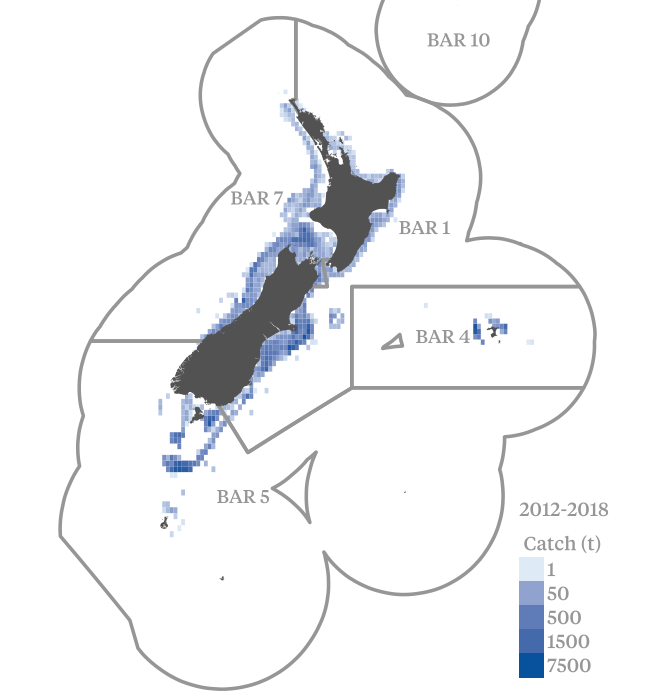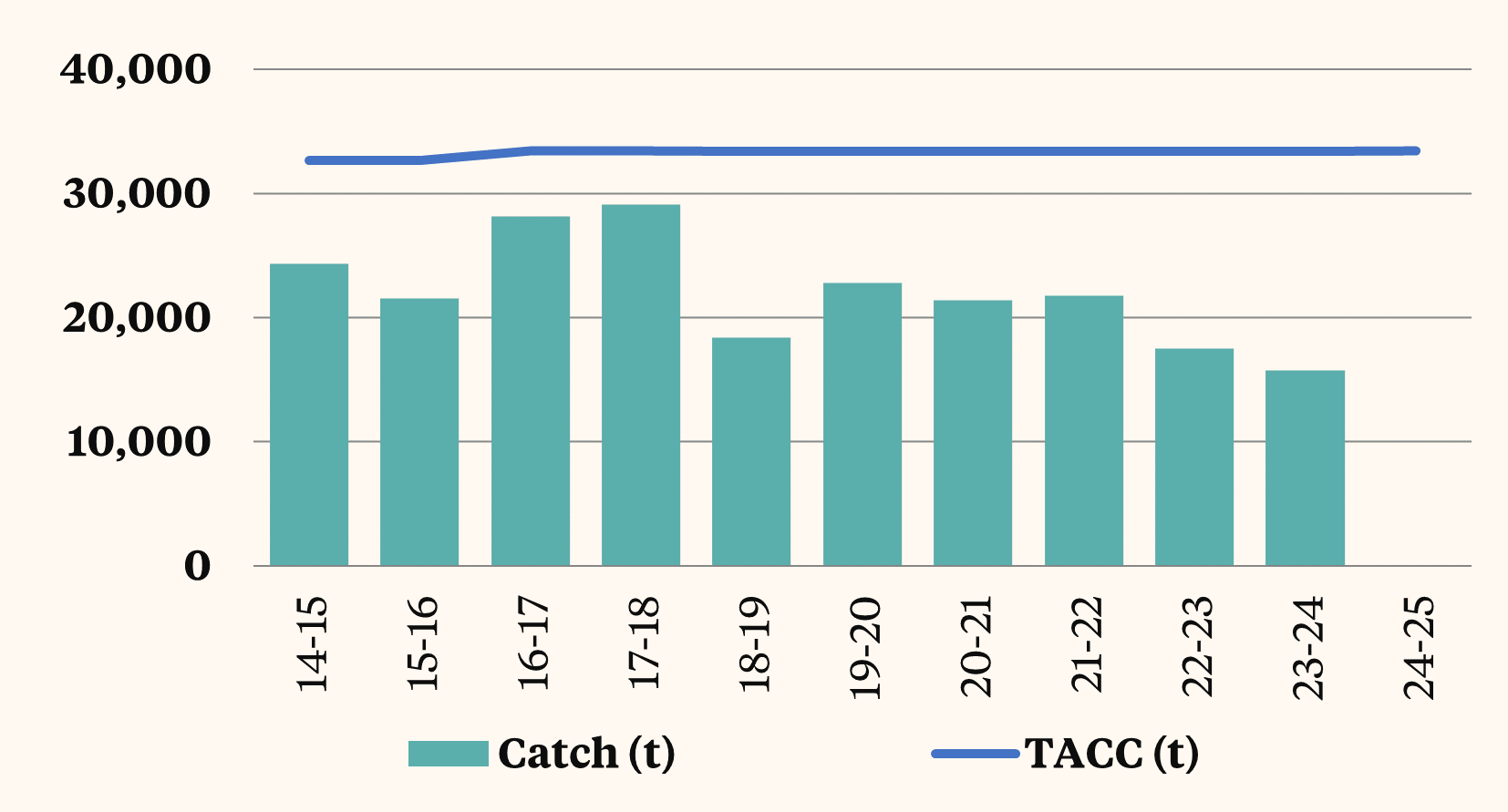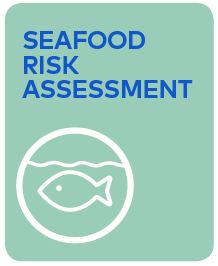Manga, Maka, Snoek
Barracouta are caught in coastal waters around mainland New Zealand, The Snares, and Chatham Islands, down to about 400 m.
Over 99% of the recorded catch is taken by trawlers. Major target fisheries have been developed on spring spawning aggregations (Chatham Islands, Stewart Island, west coast South Island and northern and central east coast South Island) as well as on summer feeding aggregations, particularly around The Snares and on the east coast of the South Island. Barracouta also comprise a significant proportion of the bycatch in the west coast North Island jack mackerel fishery, The Snares squid fishery, and the east coast South Island red cod and tarakihi fisheries.
Barracouta are commonly encountered by recreational fishers in New Zealand, more frequently in the southern half of BAR 7 and BAR 1. Barracouta are typically harvested as bait for other fishing rather than for consumption.
Barracouta are managed by Fisheries New Zealand under the Quota Management System (QMS).
These fisheries are currenlty under reassessment.
The risk assessment framework is used to assess the relative environmental risks of Australian and New Zealand wild caught fisheries on fish stocks and the aquatic environment.
Assessments are undertaken for each species according to multiple ‘units of assessment’ (UoAs). The UoA is a combination of target species/stock and the gear type used by the fishery. Each UoA is assessed against three components for target species, bycatch and ecosystems, and management systems. Each component has a number of performance indicators, which have associated criteria, scoring issues and scoring guideposts. For each UoA, each performance indicator is assigned a risk score according to how well the fishery performs against the scoring guideposts.
The risk assessment framework is currently under review and new risk assessments will be available soon.


Risk Assessment Summary

